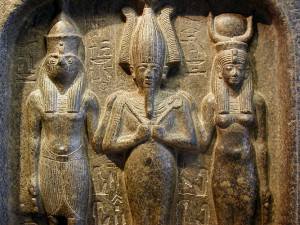 (Pictured: The Egyptian “trinity” of Horus (the hawk-headed god of the sky, the personification of the living Pharaoh), Osiris (the dead god of the underworld, the personification of the mummified and dead Pharaohs), and Isis (the protector goddess). In order – son, husband, wife.)
(Pictured: The Egyptian “trinity” of Horus (the hawk-headed god of the sky, the personification of the living Pharaoh), Osiris (the dead god of the underworld, the personification of the mummified and dead Pharaohs), and Isis (the protector goddess). In order – son, husband, wife.)
So, I have been spending a lot of time (and a bit of money) researching ancient Egypt as a part of my Bible context studies. It is incredibly fascinating watching Egyptian mythology pop up throughout not only the first five books of the Bible (the Torah) but also in the Psalms and Prophets – really, throughout the Bible because Egypt was a big player and Israel could not get enough of Egypt! At the end of this blog, I will be sharing some of the books I have been reading.
Now, when I read books on context, I don’t waste my time with most of the stuff out there written about “Babylonian religion” because the overwhelming number of books were not written by archaeologists or scholars but by everyday people who may or may not have done their homework. I stay away from those because I don’t want to “muddy the waters” and I concentrate instead on the enormous amount of primary source material – ancient documents, inscriptions, hieroglyphics, idols, etc.
So what primary source material do we have on Egyptian mythology? Well, more than we have from any other culture – and the material is in better condition because of the climate and burial rites of the ancient Egyptians. This brings me to a claim I have been seeing out there by people who want to promote the idea that the IHS symbol we see in churches stands for the “Trinity” of Isis, Horus, and Set. We are going to look at the evidence, and when the evidence disproves the accusations, the accusations have to be discounted, no matter how interesting they are or how much trust we have invested in them.
Let me teach you about Egyptian trinities – they were Father, Mother, Son trinities. These were family units – husband, wife, and child. No Holy Spirit. Heck, the father can even be dead as a doornail. No virginity required. Virginity wasn’t something highly prized by Egyptians, especially not when people were married, and extra-especially not in their gods and goddesses and anyone who has read the texts knows that the Egyptian pantheon was anything but sexually moral and in fact, they were highly incestuous. The Egyptians not only had trinities, but they also had an Ogdoad (the eight creators of the world, also referred to as the first eight to emerge from the primordial sea) in Upper (Southern) Egypt and the Ennead (a grouping of nine gods – including Isis, Osiris, Horus, and Set).
Now, I am not going to go into great detail here, but the entire idea of a trinity of Isis, Horus, and Set is ludicrous from both the Ancient Near Eastern, Egyptian, and even modern standpoint because of one small problem. Set spent the overwhelming majority of his time being the mortal enemy of both Isis and Horus – his sister and nephew. The stories of the battles between Set and Horus are not for those with weak stomachs – I read them once and that is enough for me. Why were Isis and Horus perpetually warring with Set? Because Set killed his brother Osiris – the husband/brother of Isis and father of Horus. Did Isis and Horus ever hook up with Set and make amends and agree to be worshiped together? Absolutely not, and truth be told, Set was the most hated god in the Egyptian pantheon because Osiris (for the bulk of Ancient Egyptian history) was the most beloved. You see, after Set killed Osiris, Osiris became the dead god of the underworld – caring for those who had gone into the afterlife.
What IHS does stand for is a matter of debate but one thing is certain – no one at any time would have cause to worship Isis, Horus and Set together. Isis was beloved as a protector goddess, Horus was beloved as the sky god and was identified with the living Pharaoh of Egypt, Osiris was beloved as the protector of the dead – but Set was abominated by Egyptians and apart from being worshiped early on, his cult fell into disrepute and he was pretty much universally hated as the enemy of pretty much every decent god out there.
So, why did I write this? Because I see a very damaging tendency out there to attack what we hate at all costs – and even if that cost is the truth itself. Memes lie – all the time and especially about archaeology. And authors don’t always fact check before they write their books, especially if “everyone knows it’s true.” The prophet Jeremiah prophesied we would proclaim that “our father’s have inherited lies” (16:19) and it is true – but we must beware that in combating the lies we don’t fall for other lies. If we cannot verify the information from a scholarly source, from actual archaeology, how can we afford to believe it, put our faith in it, post it on social media, and preach it?
Now, I just gave you the Reader’s Digest version that is fit for children to read but now I will show you my methodology. I saw the accusation on the meme, and knowing very little hard data about Egyptian mythology I went on the internet and found conflicting information depending on agendas with no real source material given. So, that was the last time I was going to try that. I bought some books on Ancient Egyptian and ANE mythology written by people with actual credentials in the field of archaeological study. I ignored the popular and largely sensational books that offered me nothing but conjecture and went to those who were studying the primary source material and who were backed by peers in the field. Anyone can write a book, and say whatever they want! But scholars are subject to peer review, and they are not as quick as most people to destroy the data – because their peers will catch them and expose them.
Be sure to check out the related posts about the word Lord, Lord and God, Christ, Yahweh, and Amen.
So here are some of my books that are readily obtainable and pretty easy reading.
Watterson, Barbara – The Gods of Ancient Egypt. Watterson is an Egyptologist with a PhD from Liverpool University
Mercatante, Anthony – Who’s Who in Egyptian Mythology. I really liked this one and it included translations of several folktales which were incredibly helpful with my understanding of how ancient Egyptians thought. His book has the backing of Dr Robert S Bianchi, who holds a PhD in Egyptian Art.
Walton, John – Ancient Near Eastern Thought and the Old Testament. Not a lot of information as this book was not intended to be specifically Egyptian, but it is just such an important book that I always promote it. He holds a Masters in Biblical Studies and a PhD in Hebrew and Cognate Studies, He is a professor of Old Testament Studies at Wheaton College.
Wilkinson, Richard S – Reading Egyptian Art. This book is very cool on many levels and it is fun now being able to make out a lot of hieroglyphics. Because Isis, Osiris, Horus and Set are so important, you will find them throughout. He is an Egyptologist with 25 years in the field, Regents Professor Emeritus, PhD, Arizona State University.
For more insights on how to study the context of scripture, check out my youtube channel where I just started short weekly teachings on how and why to study Biblical context for yourself.
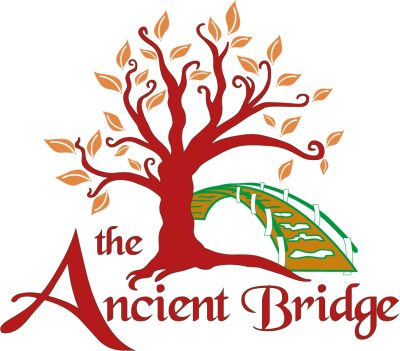


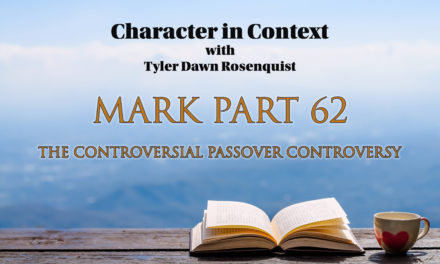

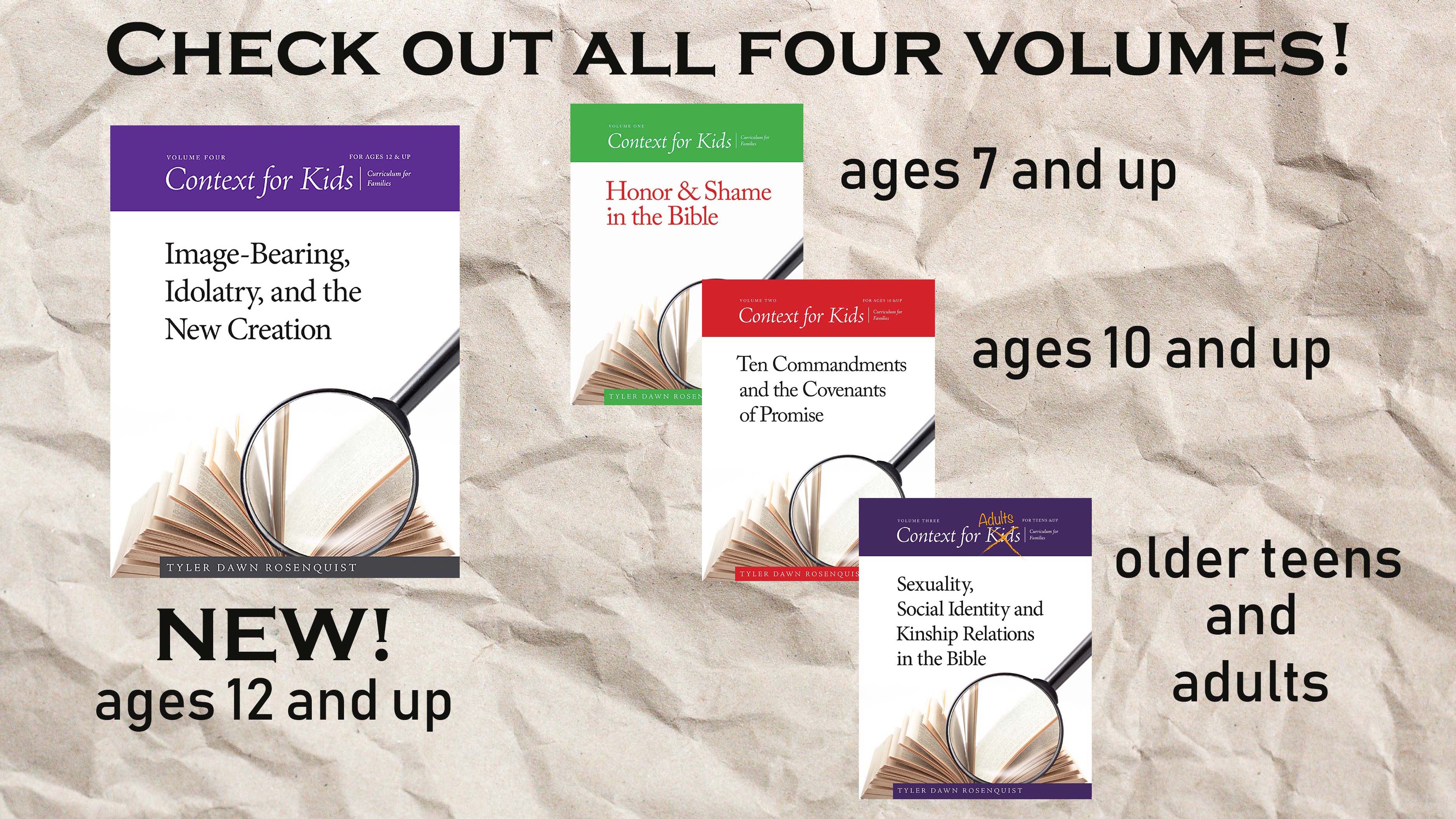
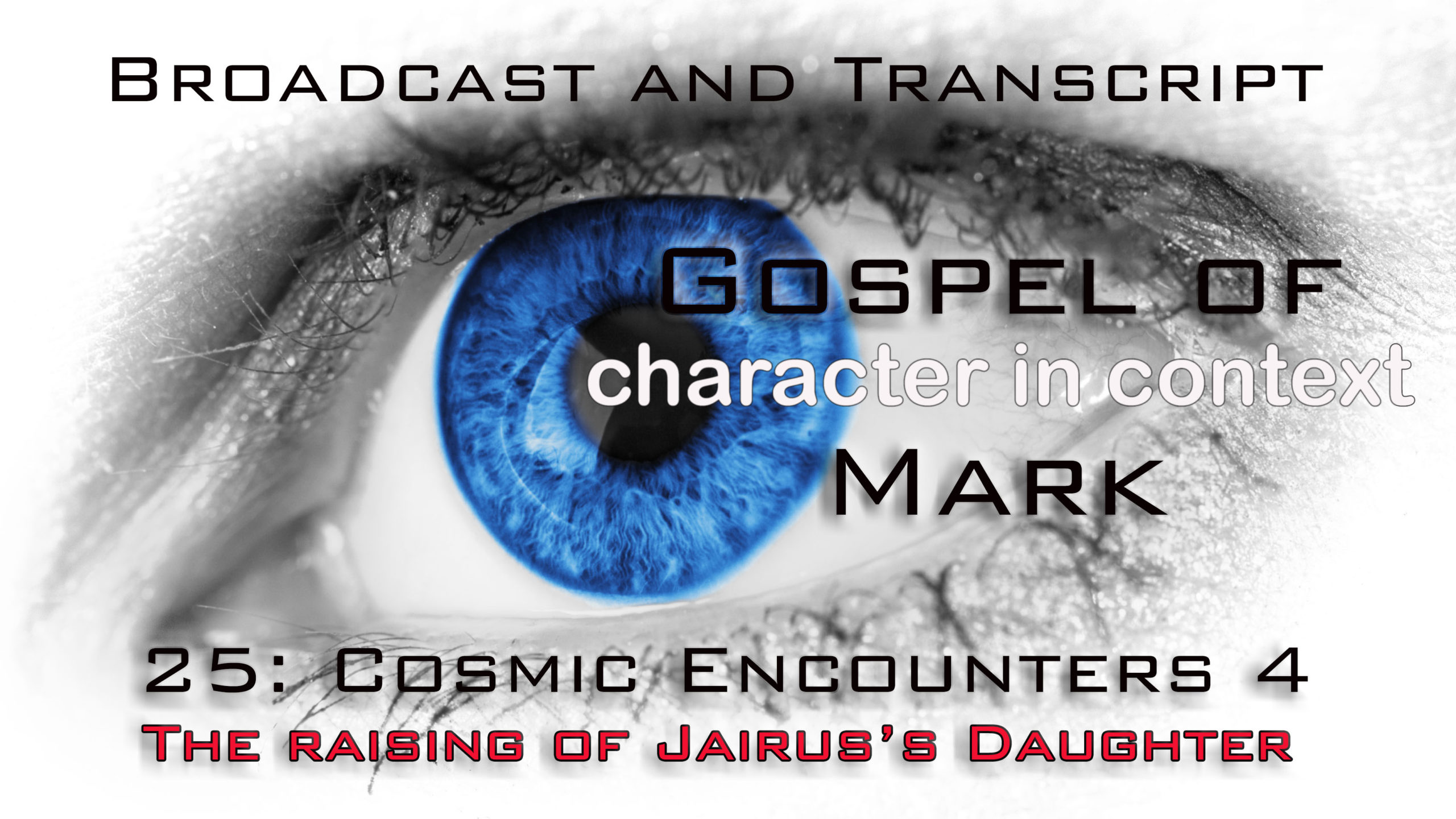
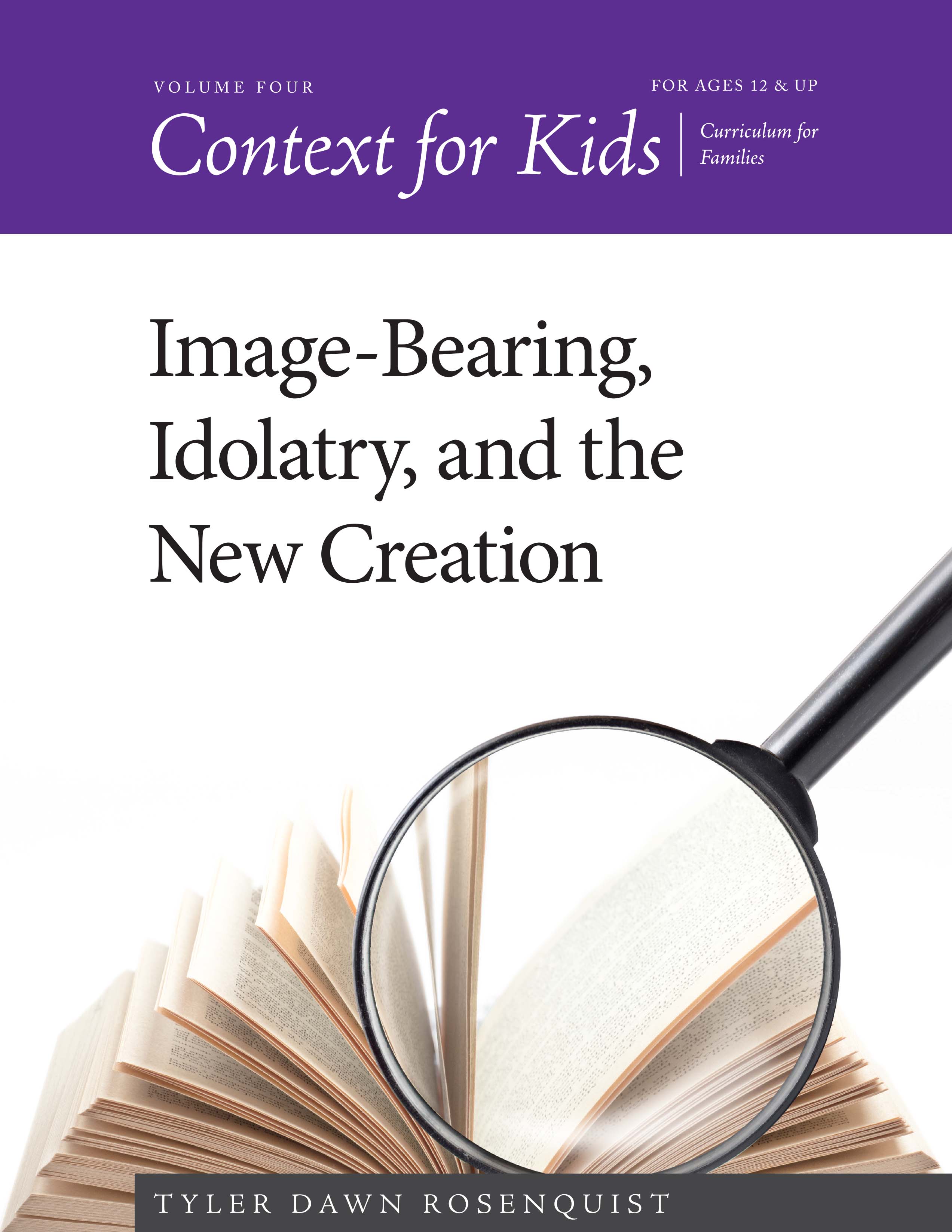
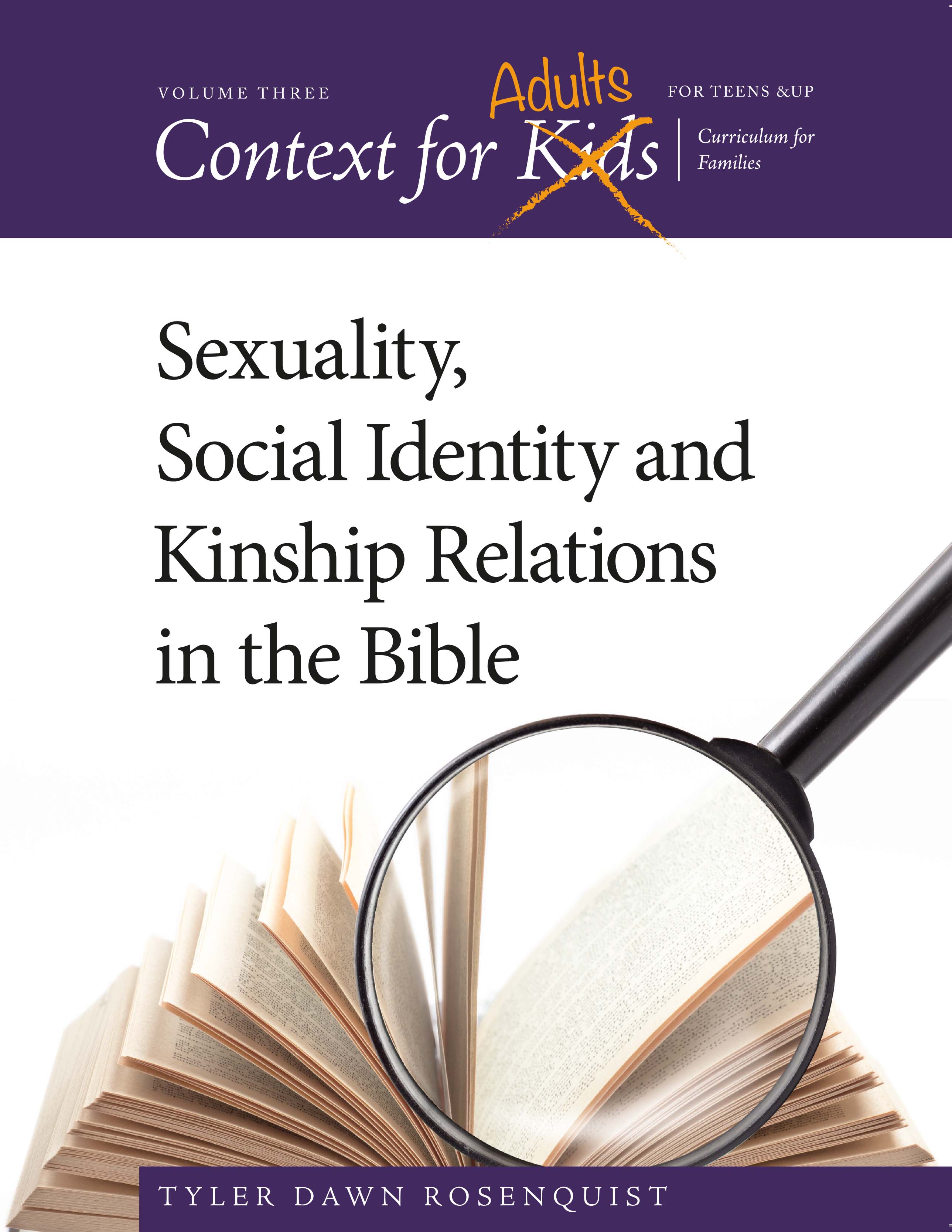
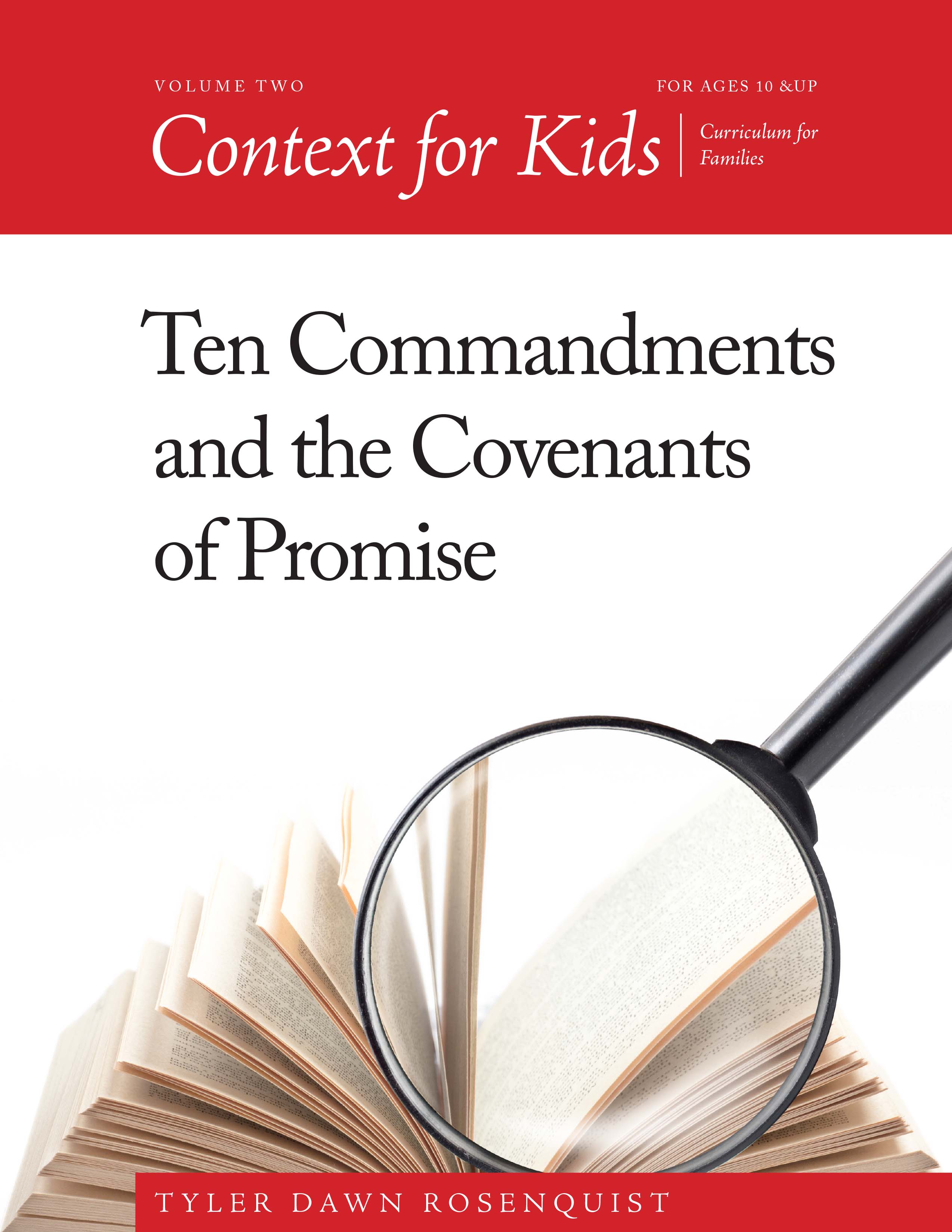
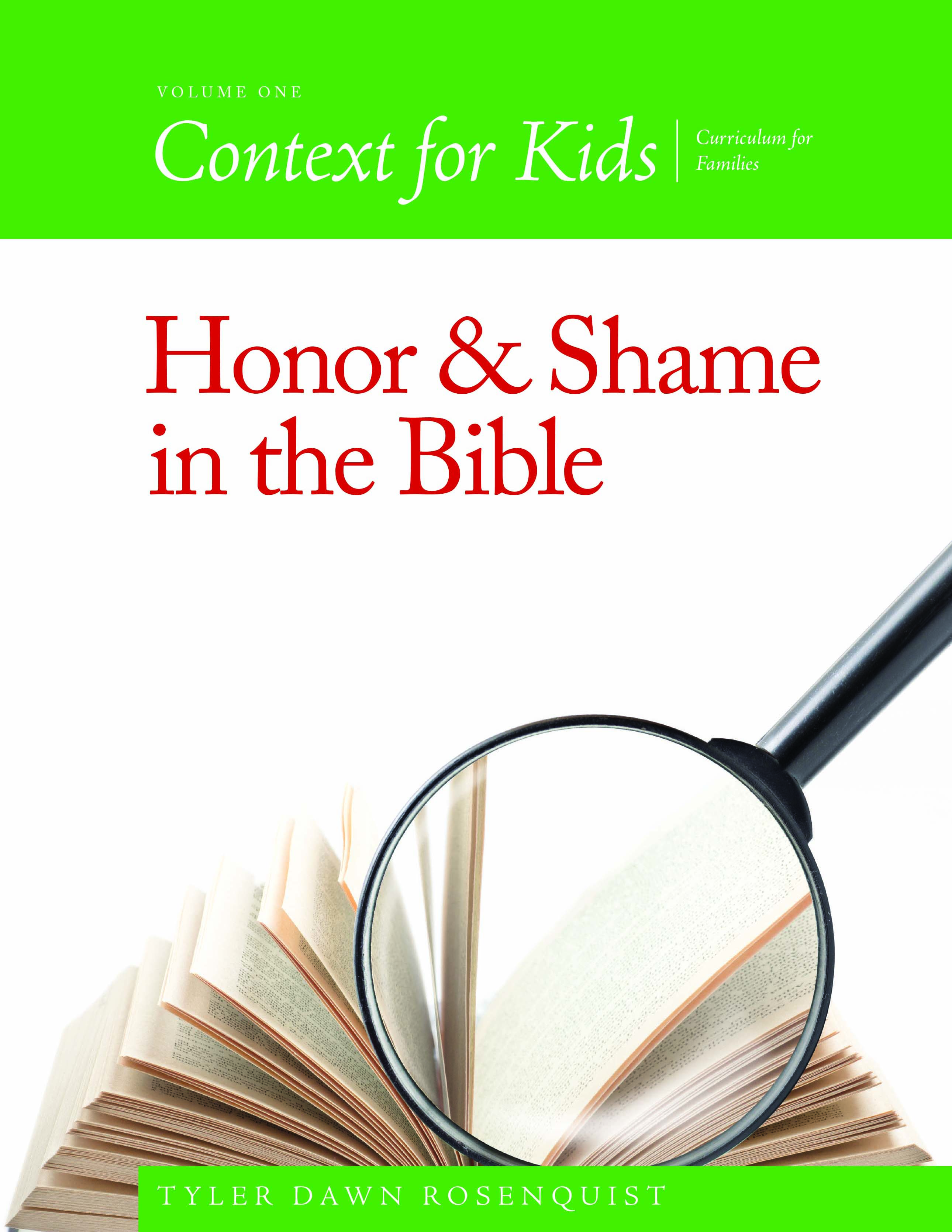
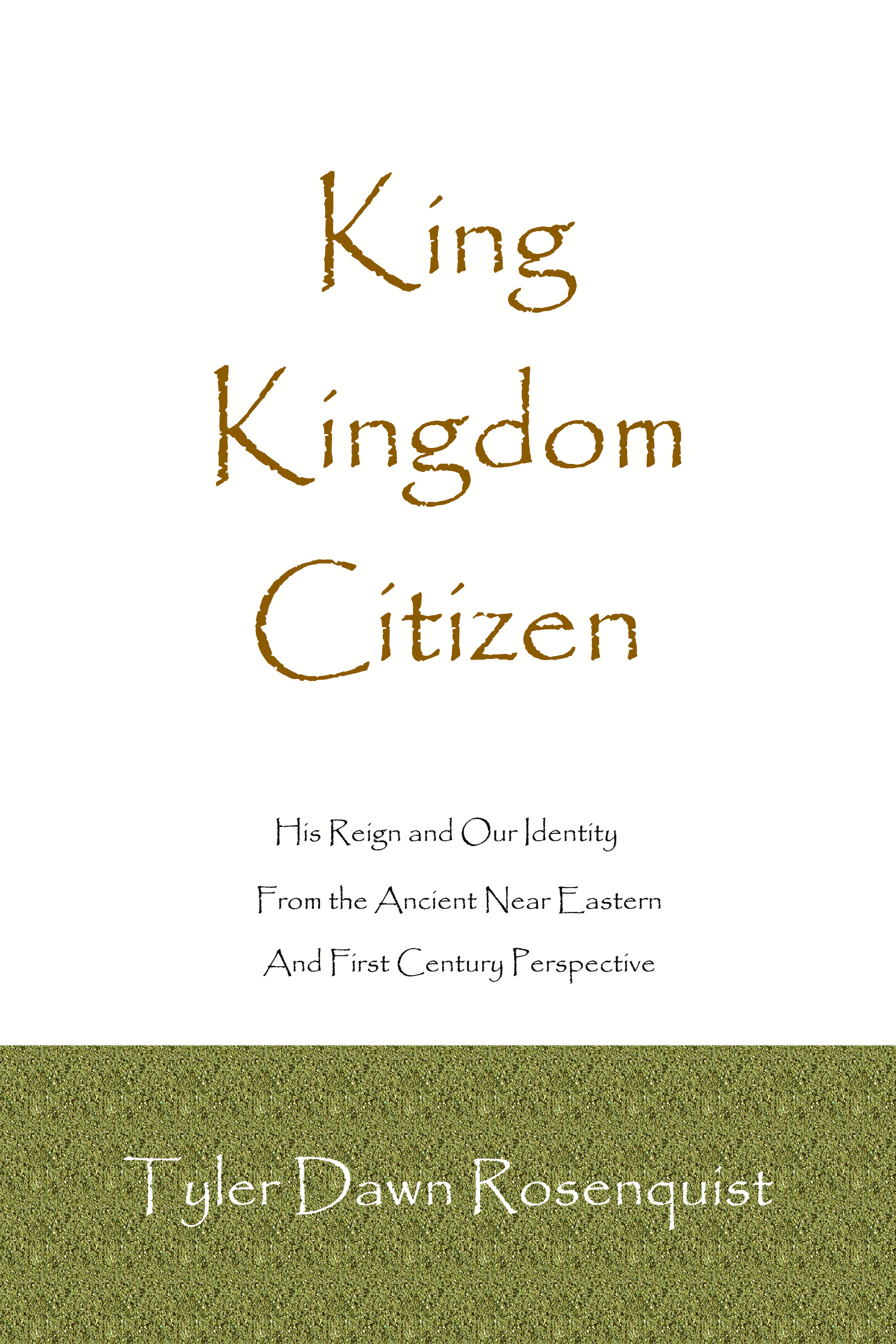
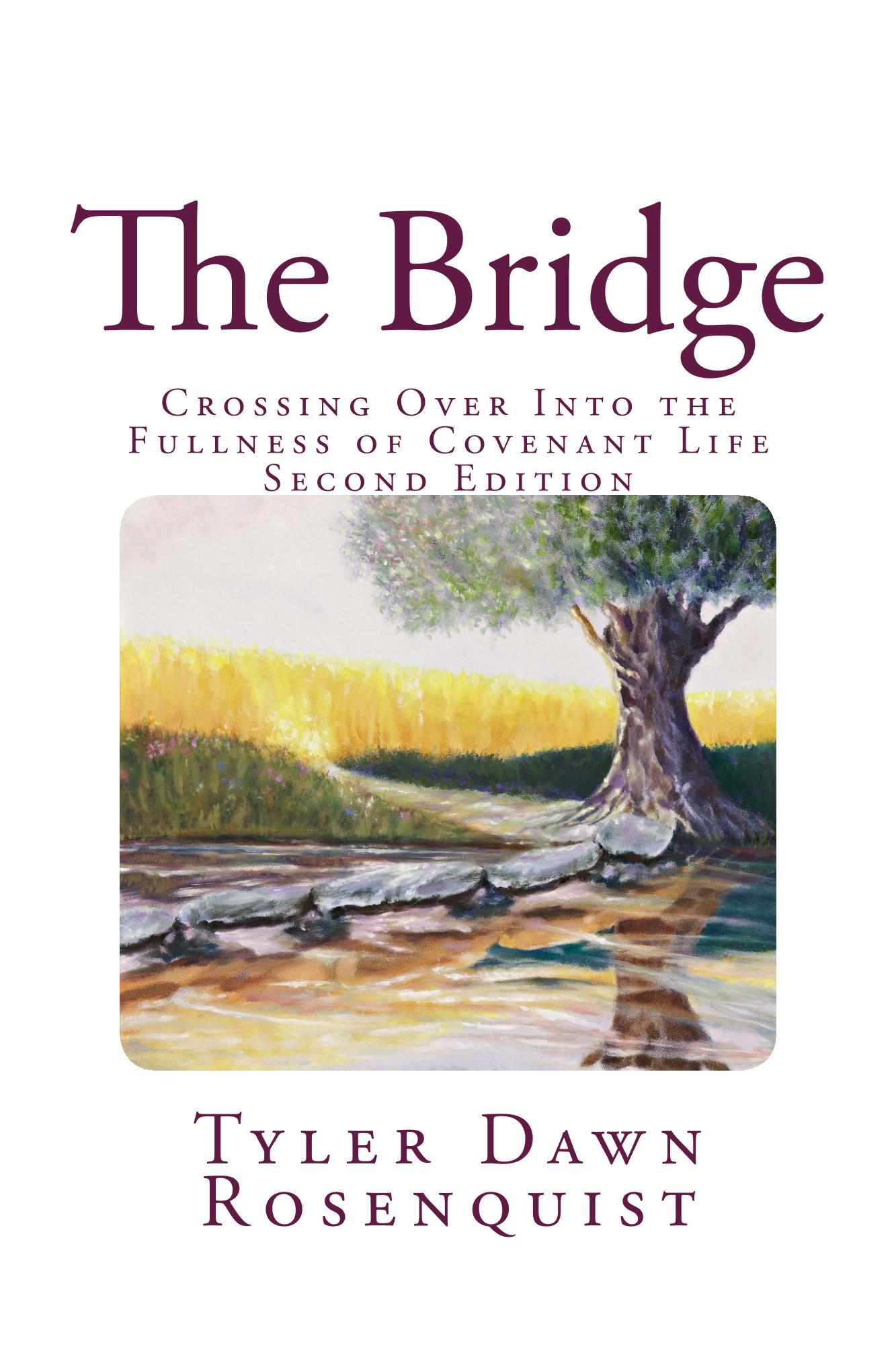

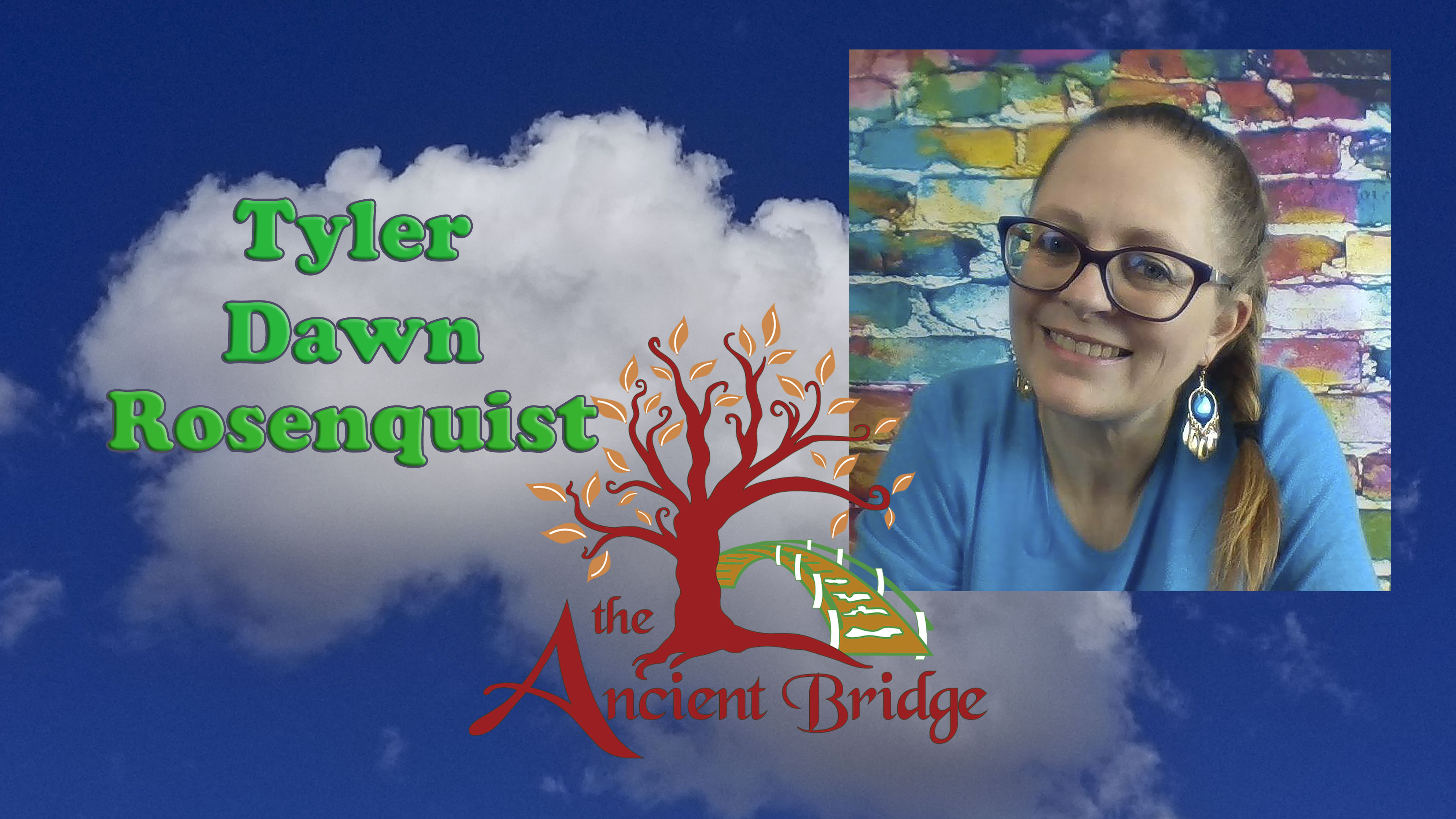
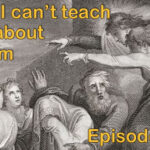
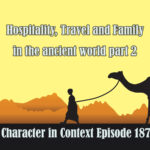
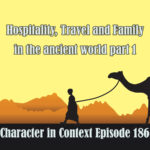

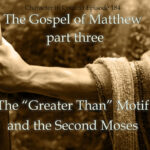
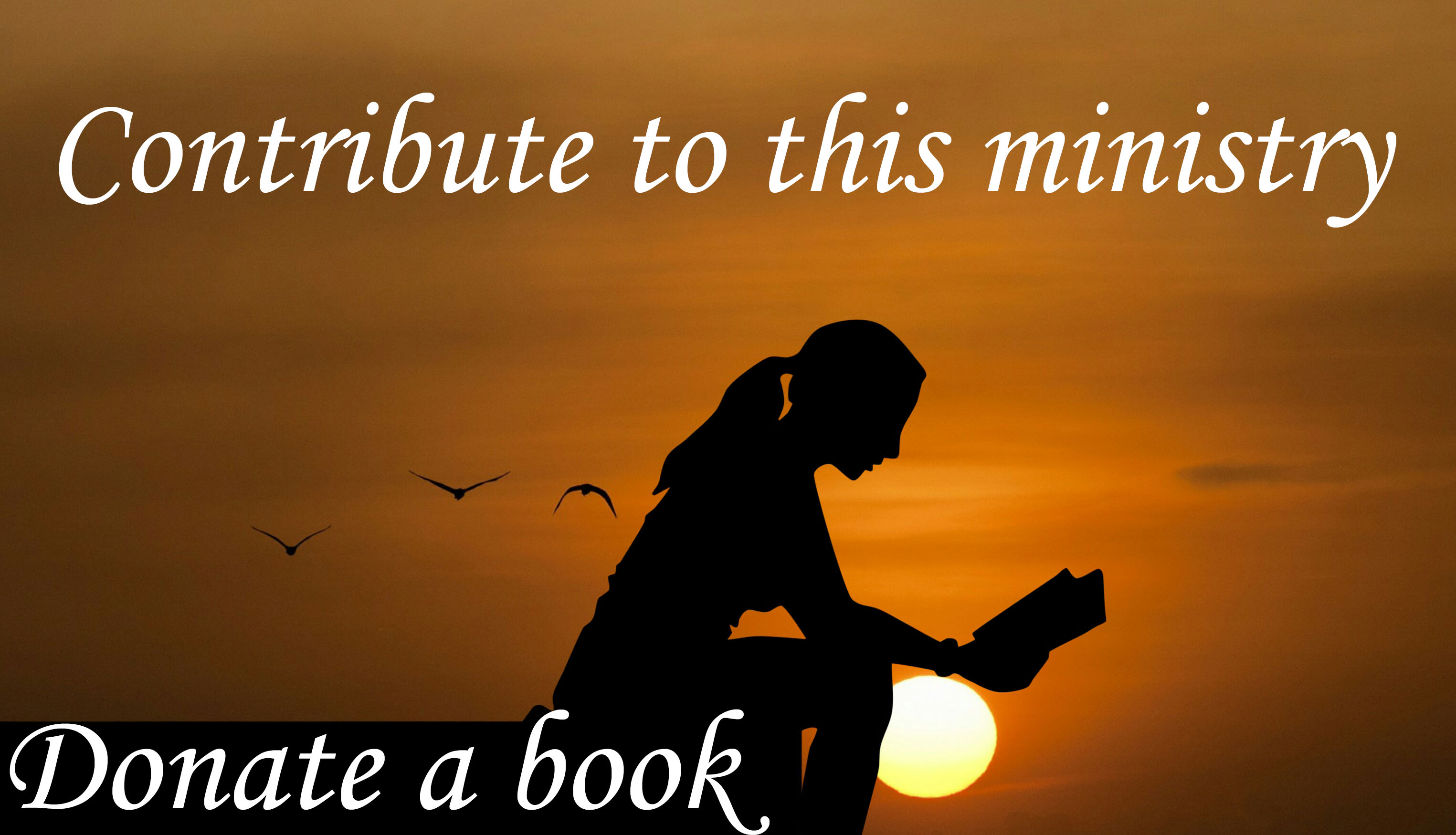
IHS (or, in Greek, ΙΗΣ) is actually iota, eta, sigma. It is a nomina sacra for Ιησους (Iesous).
When the early copyists were copying NT manuscripts, they tried to save space and ink in order to produce a cheaper copy. One way to do this was to omit spaces, and have all characters run together. Another way to do this was use abbreviations for common words, like Iesous (Yeshua), Christos, Theos, Kurios, and so on. These abbreviations as referred to as nomina sacra, which is Latin for “Sacred Name.” IHS is, simply put, very common in early Greek NT manuscripts. And the REASON it is common, is because it was a way to conserve ink. That is all. So yes, it is not at all a reference to Egyptian mythology.
Thanks 🙂 folks always like to make things more complicated than they are – I truly appreciate the explanation.
If IHS is a referens to Jesus, why is it so often depicted surrounded by a sun? could this not be a reference to Isis, Horace and Seth being sun gods?
Not one of them are sun gods. Ra was the sun god. Each society only needed one sun god. Isis was a mother goddess, the divine mother of the Pharaoh. Horus was the god believed to be the personal incarnation of the Pharaoh and he was also a sky god (which is totally different than a sun god). Seth was the god of chaos. Isis was symbolised by the chair on her head, symbolizing the throne, Horus by the falcon, and Set by an animal that seems to be a chaotic mix of several animals. Isis and Horus were associated with Osiris, the god of the underworld/dead.
It is unfortunate that there are a lot of webpages and videos teaching that everyone and their mother was a sun god, but that would make no sense in antiquity. They needed gods for every cosmic function and the navigation of the sun across the sky was only one. Ba’al, for example, is often said to be a sun god but he was the god of storms in the Canaanite pantheon.